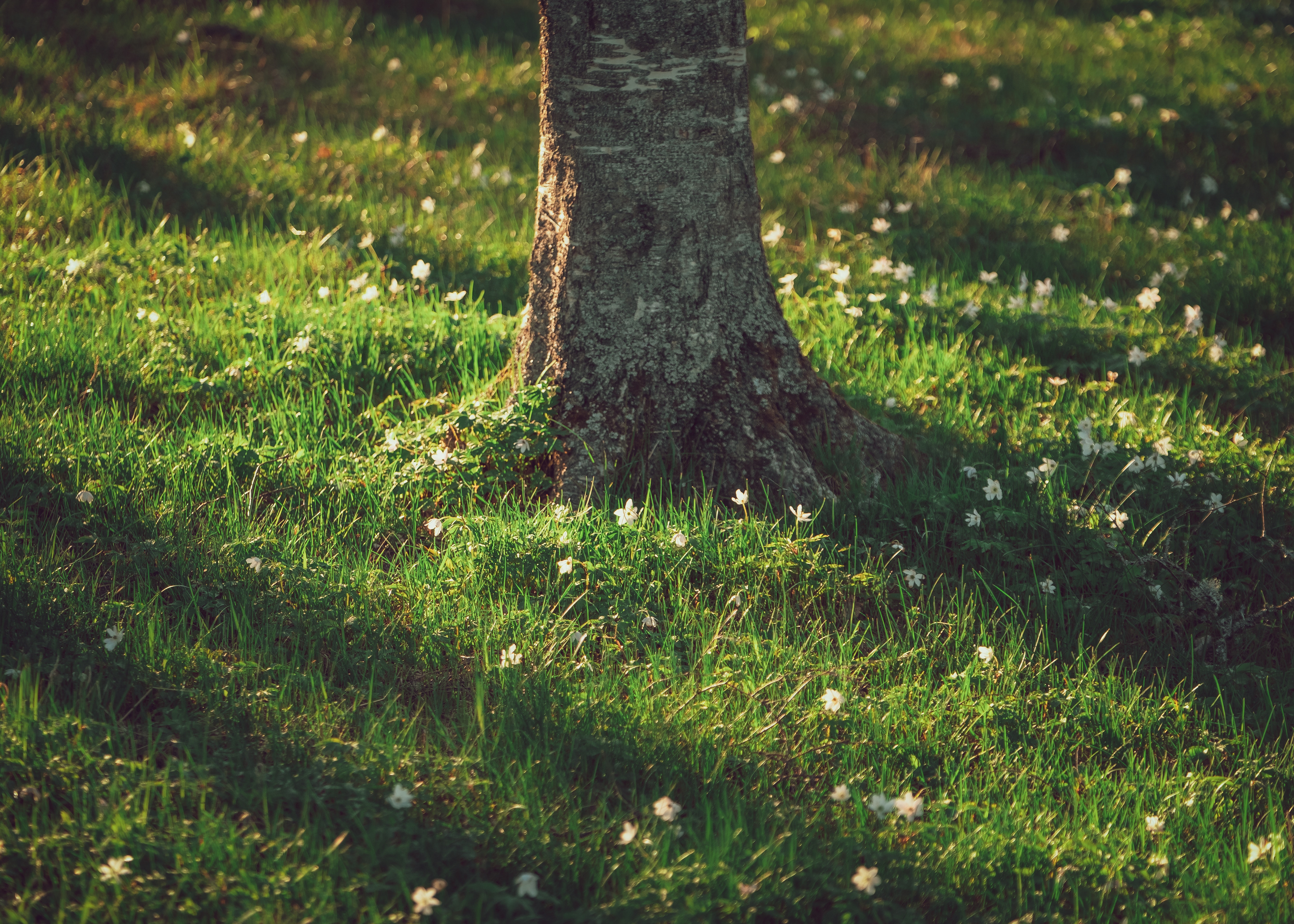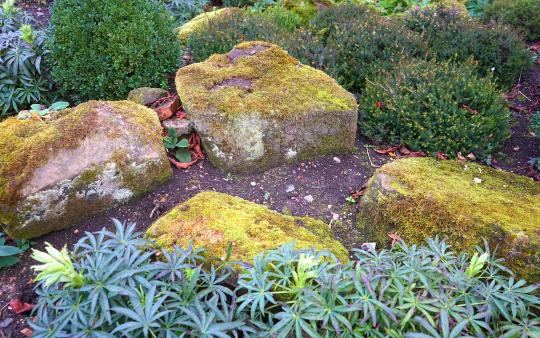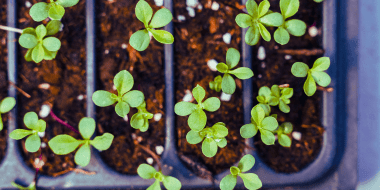*With contributions from David Baxter (Baxter), Owner of Pacifica Landscapes
Sustainability begins at home for most of us eco-conscious parents. It’s about choosing wisely when we purchase, sourcing locally, and finding less toxic choices for our home base. We can promote sustainability in our cooking and food choices, by our choices of building and home decor, and also choose to live sustainably with our landscapes.
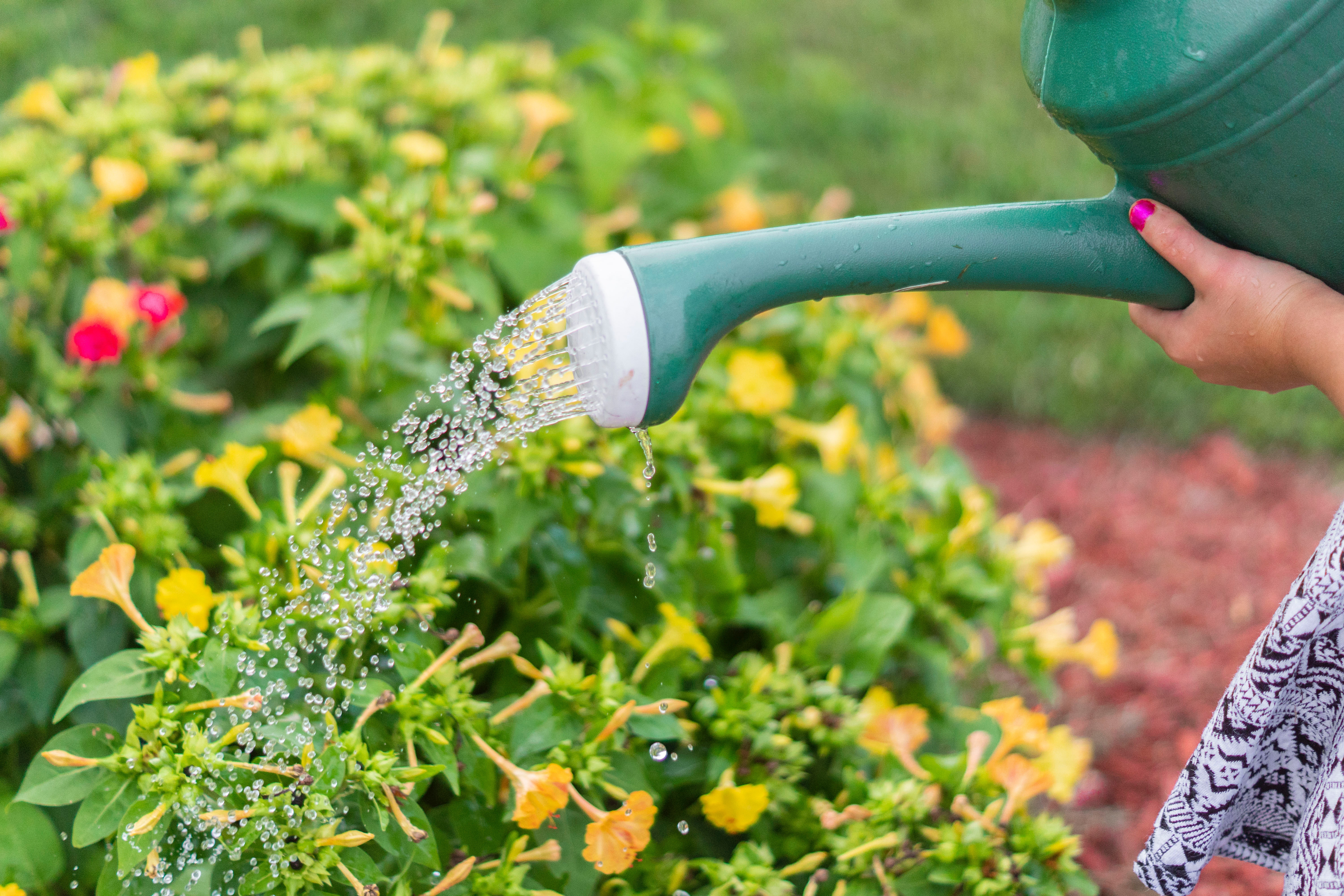
Sustainable landscape choices may include using non-toxic materials in your yard, meadowscaping, or trying water-efficient methods for lawns, permaculture, promoting pollinators, growing organic veggies, or boosting native plants. The American Society of Landscape Architects Fund describes key characteristics of a sustainable landscape as those that are “responsive to the environment, regenerative, and can actively contribute to the development of healthy communities.”
While this field of sustainability may be vast, you can get started with simple changes. To find out more, I chatted with the expert team from Pacifica Landscapes in Washington, including owner Baxter, about some simple ways we can support sustainable landscaping at home.
1. Water Smarter, Not Harder
Hot summer days tempt us to give our plants more water, but more may not be as important as how we water. “Water plants deeply and less often, and apply water at their base,” says Baxter. “Watering in the morning will help conserve water while giving plants enough hydration to make it through the heat of the day.” Plants in the ground can retain moisture more easily than container plants. Check your containers by lifting them or using your hand to check the soil. “Light and dry plants need a drink!” shares the Pacifica team.
2. Try Weeding and Mulching
Weeds will take water from your chosen plants, but mulch will help keep moisture from evaporating too soon. Says Baxter, “You’ll want to keep a layer of mulch two to three inches thick around your plants, depending on the type of plants.
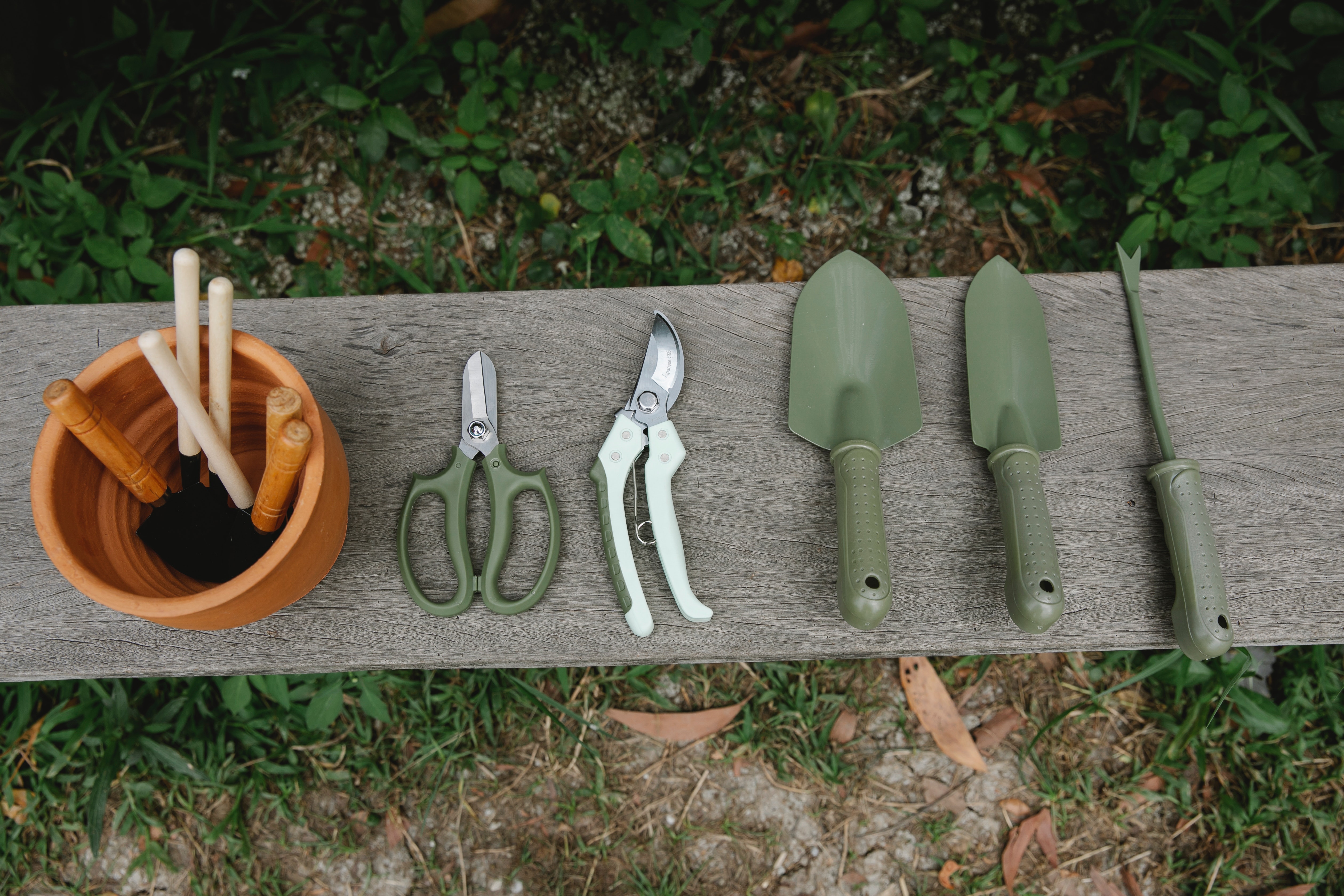
But don’t bury the plant itself, just cover the root zone.” Baxter and his team prefer a compost-based mulch over bark that can drain the soil of nutrients.
3. Choose Native Plants
Native plants are typically well-adapted to your local environment, meaning they know how to tolerate your soil and weather. “Plants that are tolerant of both wet winters and dry summers,especially when properly maintained, will save you both time and money,” shares Baxter.
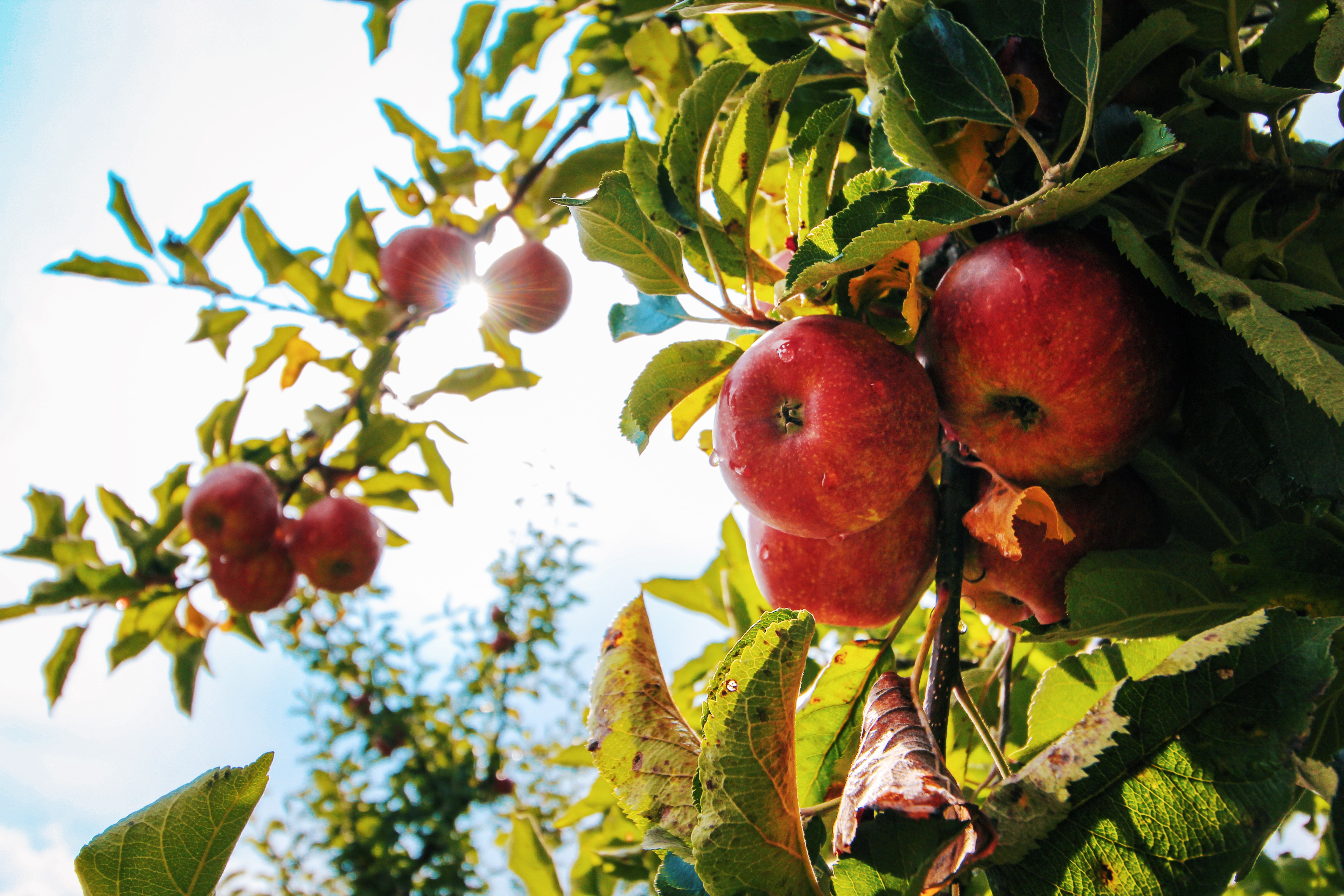
The team suggests using “hardiness zones” to help decide which plants are best suited for your location—these can often be found on a map with a simple online search.
4. Let Your Lawn Go Dormant
The idea of a 24/7 sparkling green lawn is not the most realistic unless you’re managing a golf course. Lawns can require high levels of water and upkeep, often with little environmental return. Baxter shares, “The key to sustainable landscaping is to work with nature, not against it. This means accepting that your lawn may go dormant (not die), over the summer.”

If you don’t like the appearance of a yellow or browner lawn in the summer months, consider a lawn alternative. You can switch to a hardscape without plants, tailor your yard to use sustainable and native shrubs instead, or create a meadowscape of non-grass plantings and let it all go wild.
5. Accept Imperfection
While nature can be perfect, more often than not, it is a mishmash of beautiful chaos with stunning flaws and variety too. Forcing your landscaping into right angles and constant green won’t help you get closer to nature or sustainability. The Pacifica team reminds us that “the best yard is one that works for you.” So embrace and work with nature’s mess instead of fighting for perfection. Not only will you get a landscape you truly enjoy, but it will likely be more affordable and eco-friendly too.
6. Include Edible Plants for Children
Learning to love nature often begins as a child. Encourage both a healthy respect for green and growing things and some fantastic dietary choices by planting a “snacking garden.” Fill a space with edible fruits and veggies for kiddos to graze on all summer long.
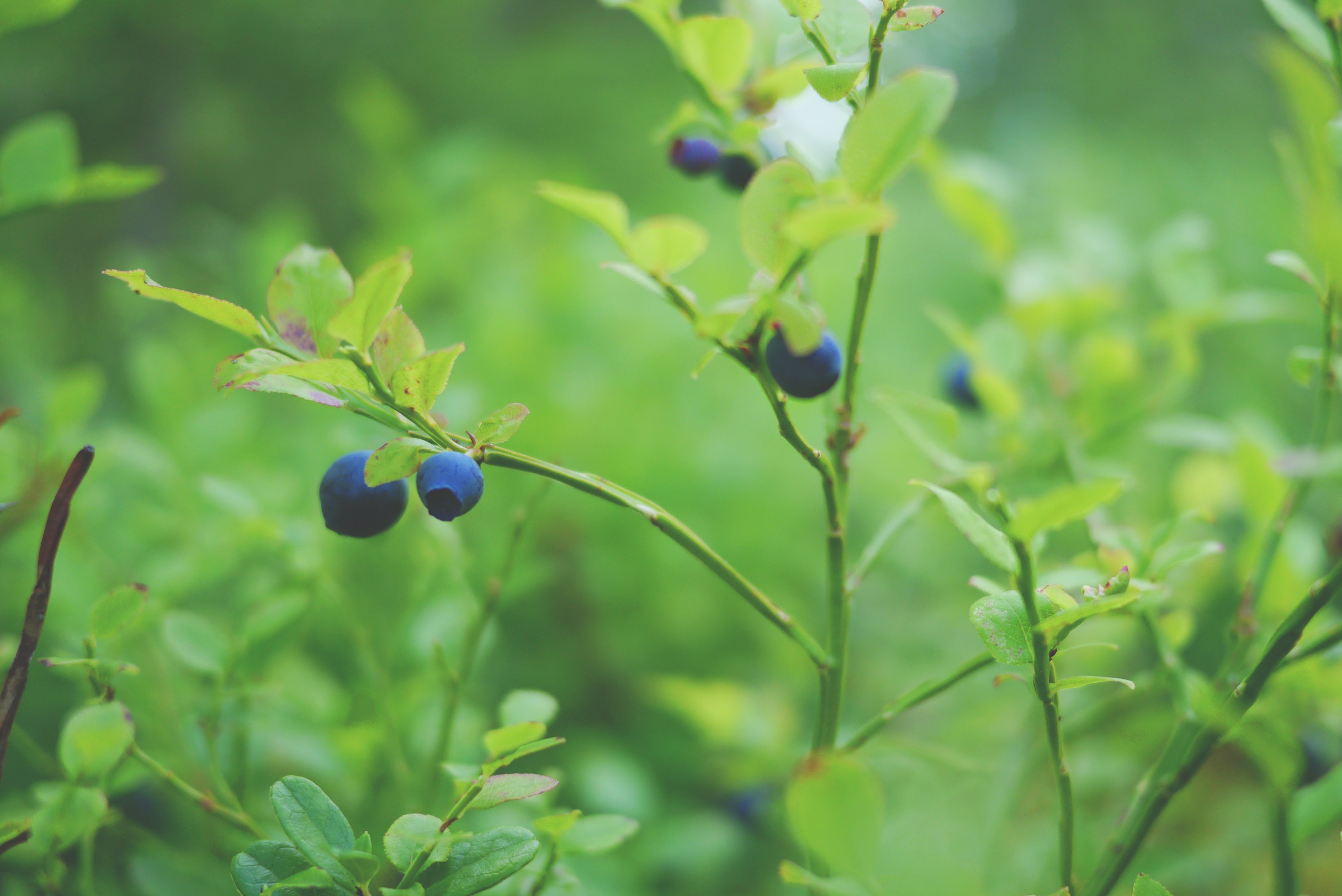
7. Plant Shade Trees
Your landscape can help not only support your local environment, but also reduce your personal carbon footprint. Cooling your home during these ever-hotter summers is tough enough, but you’ll likely see lowered utility usage (and lowered bills!) if you embrace the shade and plant trees near your home. “Trees also capture carbon, helping to prevent homes from getting even hotter,” shares Baxter. Reduce your electricity bill and capture carbon too—it’s a win-win.
As a final tip for employing many of these strategies, the Pacifica team wants to remind you to hydrate yourself too, not just the plants. When landscaping outdoors during summer, remember to drink water and use appropriate sun protection so you can safely enjoy this eco-friendly home project.
